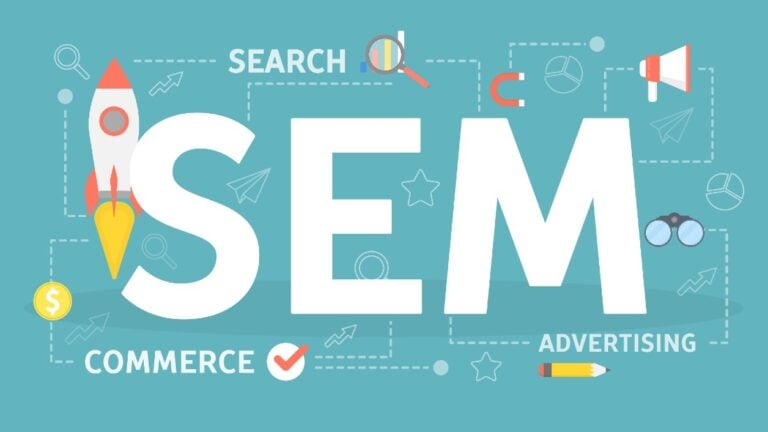
In today’s digital age, search engine marketing (SEM) has become an important tool for businesses seeking to enhance their online presence and drive targeted traffic to their websites. SEM involves various strategies and techniques designed to promote websites through paid advertising on search engines like Google. If you’re new to SEM or looking to gain a better understanding of its fundamentals, you’ve come to the right place. In this article, we’ll explore the basics of SEM and how it can benefit your business.
Understanding SEM: Search Engine Marketing (SEM) refers to the process of increasing a website’s visibility in search engine results pages (SERPs) through paid advertising. It primarily involves two key components: search engine advertising (SEA) and search engine optimization (SEO). SEA involves running paid ad campaigns, commonly known as Pay-Per-Click (PPC) advertising, where businesses bid on keywords relevant to their products or services. SEO, on the other hand, focuses on optimizing a website’s content and structure to improve organic (unpaid) search engine rankings.
Keyword Research: Effective SEM begins with thorough keyword research. Keyword research helps you identify the search terms and phrases your target audience is using to find products or services similar to yours. Tools like Google Keyword Planner, SEMrush, or Moz’s Keyword Explorer can assist you in uncovering high-value keywords with significant search volume and manageable competition.
Creating Compelling Ad Copy: Crafting compelling ad copy is important for driving engagement and attracting potential customers. Your ad copy should be concise, attention-grabbing, and clearly communicate your unique selling proposition (USP). Highlighting benefits, offering exclusive promotions, and using strong calls-to-action (CTAs) can maximize the likelihood of clicks and conversions.
Setting Up and Managing PPC Campaigns: Once you have your keywords and ad copy ready, it’s time to set up your PPC campaigns. Google Ads is the most popular platform for SEM, allowing you to create and manage your campaigns effectively. Define your target audience, set your budget, choose relevant keywords, and create ad groups for better organization. Continuously monitor and optimize your campaigns by adjusting bids, refining keywords, and testing different ad variations to improve their performance.
Monitoring and Analytics: SEM success lies in continuous monitoring and analysis of campaign performance. Utilize analytics tools like Google Analytics to gain insights into your website’s traffic, user behavior, and conversion rates. Monitor key metrics such as click-through rates (CTR), conversion rates (CVR), and return on ad spend (ROAS) to evaluate the effectiveness of your campaigns. Use these insights to make data-driven decisions and optimize your SEM strategy.
Mastering the basics of SEM is essential for any business aiming to gain a competitive edge in the digital landscape. By implementing effective SEM strategies, you can drive targeted traffic to your website, increase brand visibility, and boost conversions. Remember to conduct thorough keyword research, create compelling ad copy, set up and manage PPC campaigns diligently, and monitor performance through analytics tools. By doing so, you’ll be well on your way to harnessing the power of search engine marketing.
The Basics of SEM: At Businexperts, we understand the importance of search engine marketing in today’s digital world. Our team of SEM experts is well-versed in the fundamentals of SEM and can help your business leverage the power of paid advertising and organic search to achieve remarkable online success. Contact us today to learn more about our SEM services and take your business to new heights.
We are a team of marketing experts working together to provide excellent services to our clients in order to ensure their business is reaching to the next level. We are committed to providing each client with creative, effective and responsive marketing & AI solutions that work with their unique business objectives, systems and resources.
